Even without a global pandemic, economic unrest, and increased competition, there is a dilemma sweeping the globe and taking a toll on thousands of marketers. It doesn’t care what industry you are in or the size of your organization. You may feel that you have gotten relief from it one day—only to have it rear its ugly head and inflict pain a week later. For many it is unbearable and unrelenting. Yet, it is seen as a necessary evil.
It is the dilemma of content production.
Marketers know that they have to tolerate this dilemma because content development is proven to generate awareness, thought leadership, leads, engagement, and sales opportunities. In fact, our own research shows in Figure 1. that content development is the top priority of most marketers—edging out brand differentiation.
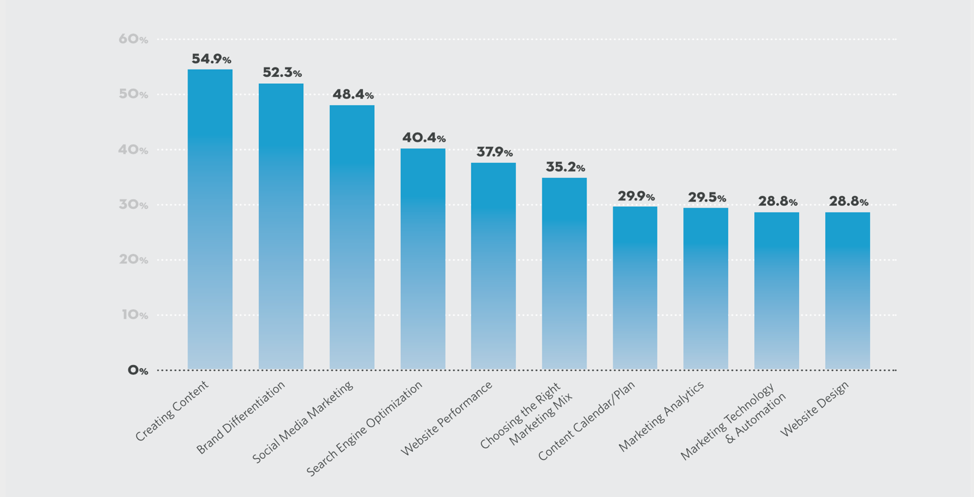
Figure 1: Top marketing priorities across all industries
But why is it a dilemma?
It is a dilemma for one key reason. One, it is time-consuming. Content development requires a lot of time that takes time away from other tasks that could be generating awareness, leads, etc. Whether you are creating the content yourself, managing a team member or outside resource, there is topic/outline development, writing, editing, selection of images, and more. Trying to wrangle new, relevant topics, with subject matter experts, with different levels of writing ability, with deadlines can be frustrating. It’s like trying to herd cats to the same destination. (Try doing that sometime and then you will understand.) Yet, most marketers push ahead with content development, and the process of coming up with relevant topics for different relevant audiences, because it works. It is not easy—but it does get results. Consider good content development to be like a marketing multivitamin that your organization needs to swallow every day if it wants to grow and stay strong.
One Way to Make Content Development Easier—And More Effective
Research.
It’s true. Take a look at our research showcased in Figure 2 and Figure 3.
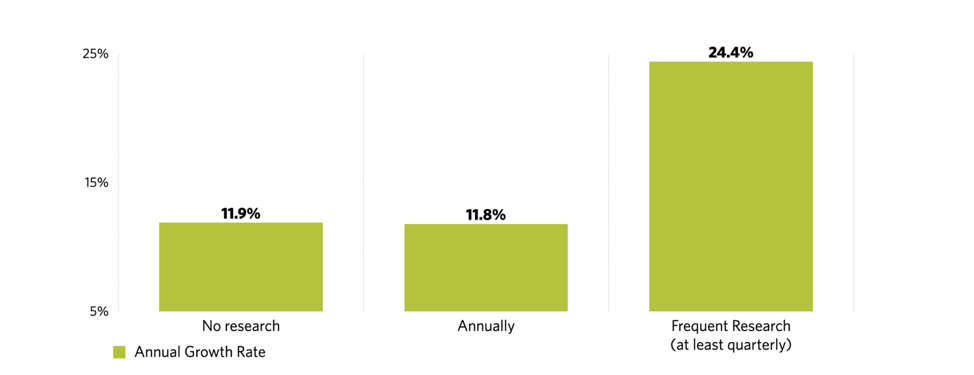
Figure 2. Growth of organization by research frequency
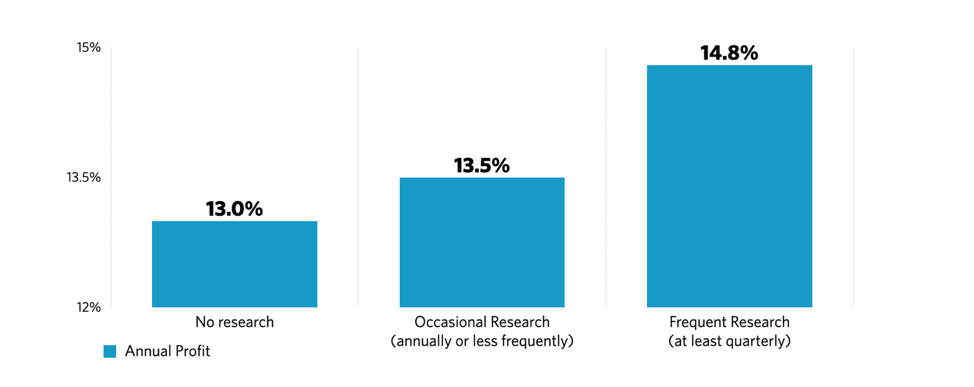
Figure 3. Profitability of organizations by research frequency
Companies, organizations, and firms that leveraged frequent research not only grew faster—they were also more profitable. (Seems to be some compelling reasons to use research in content development.)
Why Research?
Research is the great equalizer. It helps you to be found. It enables you to be seen as a subject matter expert or thought leader by association. You do not need to brag about your organization or yourself. It allows you to penetrate new markets where you or your firm may not have a reputation. It gives you new engagement opportunities with folks who may not respond to your emails or phone calls but will fill out a form to receive a report. It provides you with a foundation to support and expand a cohesive content marketing strategy. (More on this one later in the piece.)
So, how does research do all of this? Trust. In these unsettling and unpredictable times, trust is at an all-time low. Different healthcare, business, political, and other events have made your target audiences withdraw a little bit. Prospects are keeping you at least six feet away—both literally and figuratively. You have to prove what you are saying to earn their trust as shown in Figure 4. Once you have earned that trust, then you can proceed to having discussions around your organization’s value and move to closing the sale.
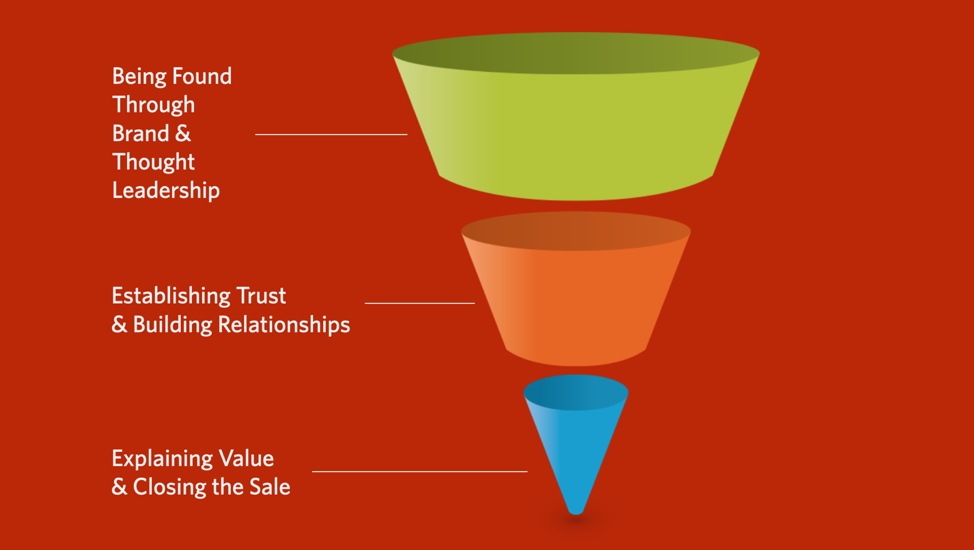
Figure 4. Critical steps in the marketing and sales funnel to closing a sale
Here’s another reason to use research for content development and content marketing. It supports both left-brained and right-brained thinking as pictured in Figure 5. The most effective B2B marketing messages anticipate and respond to both sides of the brain. Most marketing tends to focus the right hemisphere— seeking confirmation through intuition and feelings. Most research appeals to the left hemisphere—with facts, logic and linear ideas. Research-based findings are a powerful left-lobe persuader that can also engage the right lobe with storytelling and data that helps audiences to visualize and imagine.

Figure 5.The right research can reach both sides of the brain
Using research in marketing content allows you to present unique insights found nowhere else and moves your thought leadership to the head of the pack so that you are found.
Fours Ways to Engage with Research
1. Commission Original Research
This is the method that most people are familiar with. It is really the way to go when you are looking to get specific answers to specific questions from specific audiences. You have the most control with this approach, and you get your corporate logo on the cover, but it is also the most expensive and time-consuming of the research engagement approaches. You want to make sure you are focused on the direction and scope of your original research. Too many people make the mistake of trying to ask too many questions around too many topics and responses become diluted and ineffective.
2. License Existing Research
Many research providers offer prospects the ability to license existing research. This is a great way to dip your toes in the water and test out the power of research. Licensed research typically costs less than the other approaches and is available immediately. The downside may be that you have a limited number of topics to choose from so you may have to spend more time ensuring that your campaigns work with the licensed research. Most providers will offer several tiers of licensing.
3. Sponsor a Planned, Upcoming Study
This approach allows you to brand your company or firm better. Normally, with a sponsorship, your organization’s logo is on the cover—associating your organization tighter to the research. Sponsoring a planned, upcoming study increases your visibility and helps your company or firm be seen as a stronger thought leader—depending on the topic and the reputation of the research provider. In some cases, study sponsors can even wield a little influence in what a question or two covers and how they are phrased.
4. Collaborate on a Co-branded Study
For some, while the idea of original research sounds appealing, they may not have room for it in their current budget. This is where the approach of collaborating works well. Sometimes a company can go out and get non-competing provider or partner in the same space to join in on underwriting the research. Other times, it might make sense to reach out to an industry association to make the dream come alive. Having several logos on the cover can often strengthen your credibility and authority. This collaborative approach also provides great benefits as you go out to promote the research. Instead of just having your organization promote the research, you could now have your organization, your collaborative partner, and the research provider all promoting the study giving you much broader and deeper reach.
Turning a Content Development Concept into a Campaign
To be honest, most folks look at research as a cost. It is part of the price of doing business. They want to buy or commission research to help them make better inward decisions. They want to know who their competitors are, what they should be charging for a product or service, how are they seen in the marketplace, etc. Making better inward decisions is a good thing. But many overlook the power of research for outward reach. This is where research changes from a sunken cost to an investment reaping returns.
Commission, license, or sponsor one piece of research—and you can repurpose it dozens of ways. Just take a look at some of the ways in Figure 6.

Figure 6. Research as Content Framework
Even a small, tightly focused research study generates a range of content opportunities for the B2B marketer. First is the study itself, which becomes a lead magnet, produced as a report or white paper. Then pull out study insights for blog and social media posts. The report also provides anchor material for podcasts, webinars, live events and other outreach activities. Let your imagination run wild. You may be surprised at the breadth and length of campaigns you can run from one piece of research.
Don’t Let it Overwhelm You
Now that you can see the content development possibilities with research, you may start swinging the other way where you can’t stop thinking of how you can use your original, licensed, sponsored, or co-branded piece of research. (Imagine if you had two pieces of research!) The best way to move forward with your content development and your research is to create an editorial calendar. Map out the different ways you want to leverage the research and then see where there are gaps that you need to fill. Figure 7 represents a simple editorial calendar approach that you can use.

Figure 7.Your editorial calendar can be as simple or complex as you would like.
Depending on resources, your editorial calendar will scale with you. The key point here is to be consistent with your cadence. Your readers and follows will pick up on that. If you are generating weekly blogs, try to post them on the same days every week. You may also want to start with four or five components from Figure 6 and test them out over several months. If you are not getting the engagement you were hoping for, perhaps it is time to change out one or two of them for other ones. Keep in mind that everyone consumes content differently.
Also keep mind that different pieces of content work better at different stages in the marketing and sales funnel as shown in Figure 8. The good news is that research can be repurposed as content for every stage of the funnel.
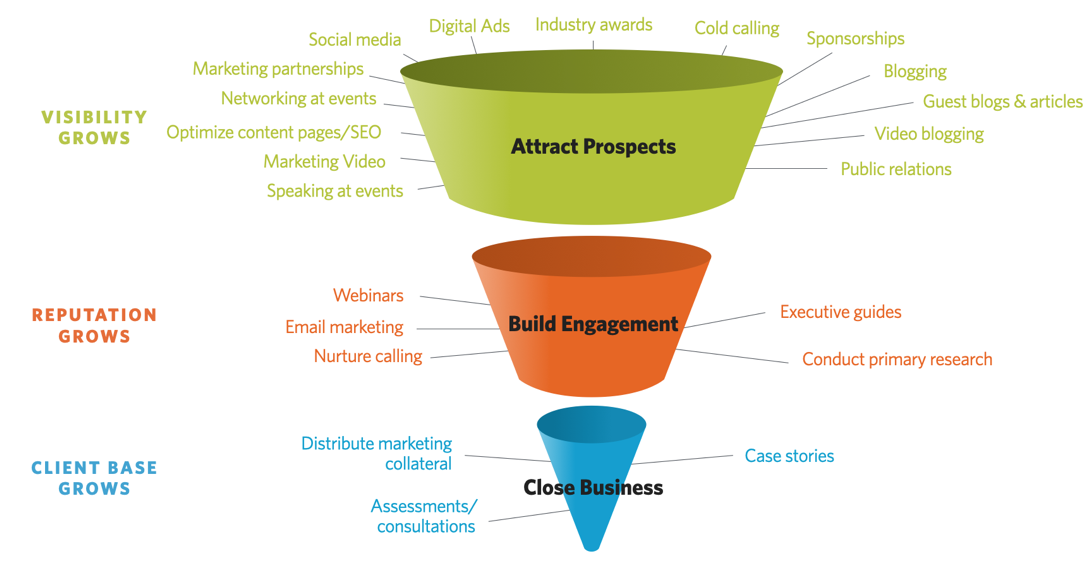
Figure 8.Specific content does better at specific funnel stages
Make an Honest Assessment
How well is your content marketing going today? Are you generating the leads and engagement you were looking for? How effective are your blogs? Be honest with yourself. According to Hostingtribunal.com, there were over 500 million blogs in 2020 with two million posts going live every day. Are you really rising above the noise and being read? How is your Search Engine Optimization (SEO) program doing? Are your blogs and articles ranking on the first page of Google for specific keyword search? If so, congratulations. Keep up the good work. If not, that may be another reason you may want to freshen up you content development and content marketing with research. Even if you are doing well, could you be doing better?
Final Thoughts
We’ve covered a lot of ground here and hopefully you picked up a few actionable tips along the way. We talk with a lot of prospects and clients who tell us that they buy into using research to support and drive content development but that they don’t have it in their budget right now and are frustrated that they can’t get started. Since we are showing you how to use research as a lead generation tactic, you may want to consider shifting budget dollars from lead generation tactics that won’t be working as well—such as conference and trade show participation. It is highly unlikely that in-person conferences and trade shows are going to pick back up any time soon—yet you probably still have to generate awareness, leads, engagement, and sales opportunities. You can measure the effectiveness of research as a content development a lead driver. Once you have your research and start promoting it in various campaigns, ask yourself the following questions and track the answers. “How many download requests are we getting for our research study?” “How many phone calls or video conferences were set up from those download requests?” “How many sales opportunities have been generated? “ “What is the value of those opportunities?” “Have any of the sales opportunities closed?” “How much closed won revenue do you need to cover the investment in an original, licensed, sponsored, or co-branded piece of research?”
If you still need to be sold, you may want to start out by licensing a research report. It has the lowest cost barrier to entry, and you can start using the research almost immediately.
Again, if you have gotten this far in the article, you have had a lot of ideas introduced to you. If you still have questions about original, licensed, sponsored, or co-branded research with regard to content development and content marketing, please feel free to send an email to me at: kwaffle@hingemarketing.com. You can also take advantage of the free assets we offer around this topic in our online library. Remove the dilemma of content development from your life and be in a better position to go solve other problems. Good luck!

